Hart Homestead on Bella Lake
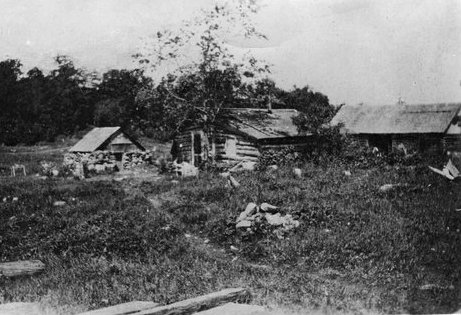 |
|
Harts’ homestead on Bella Lake as it appeared in the early 1900s (Barbara Paterson Collection)
|
Camp Billie Bear grew on the first homestead of Andrew Hart, who took up his free land grant of two lots (20 and 21, Concession B) between the shore of Bella Lake and the surveyed line for the Bobcaygeon Road in 1876, the year Sinclair Township was surveyed for settlement. Andrew and several of his brothers, who also settled on lots in Sinclair, were part of a chain migration of family members and neighbours from Durham County in southern Ontario, looking for available and affordable farms in spite of Muskoka’s growing reputation for having more rock than soil.
Andrew married Elizabeth Payne in the fall of 1879, and the couple returned to Bella Lake along with members of Elizabeth’s family and the family of David Nairn, who took responsibility for two lots Andrew had claimed in Elizabeth’s name on Rebecca Lake. The Harts had two daughters, Bertha Ellen, born in 1881, and Mabel Ruth, born in 1889. Shortly after Mabel was born, the Harts moved to their lots on Rebecca Lake (later known as Sunset Farm), perhaps to be closer to the school that had been built at Nelson’s clearing in the early 1880s.
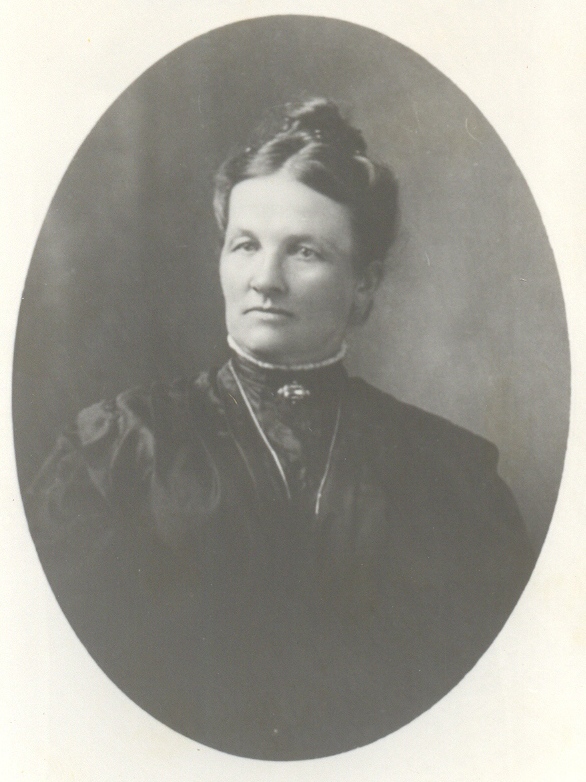 |
 |
|
| Elizabeth Payne Hart (Barbara Paterson Collection) | Logs from Andrew’s hay barn, built in 1884 and pictured here c. 1902, were used to construct log cottages in the 1920s (Barbara Paterson Collection) |
Their first homestead did not sit empty, however. Neighbour Edgar Joseph Brooks moved to the Bella Lake location to act as postmaster for the wandering Antioch Post Office between 1890 and 1893. Later in the decade, the property was used by hunters, including members of the Loon Lake Hunt Club, possibly providing some revenue to Elizabeth after Andrew died of tuberculosis in 1895.
Camp “Billie Bear”
In about 1901 Elizabeth sold her Bella Lake lots to a New York family who enthusiastically named their new hunting and fishing camp “Camp Billie Bear” – supposedly from one of the comic strips that were becoming popular in the city’s daily newspapers. Arthur Pendleton, his sister Anna Ogden Pell, and Duncan Jackson, who was either a friend or family retainer, enjoyed annual visits until 1905, Anna providing the money for improvements. Duncan, who seems to have stayed on the property for a longer portion of the year, certainly maintained acquaintance with the Harts. Duncan married Mabel in 1906, and the couple lived on the property for the next nine years, operating a small farm and providing board for hunting and fishing parties.
 |
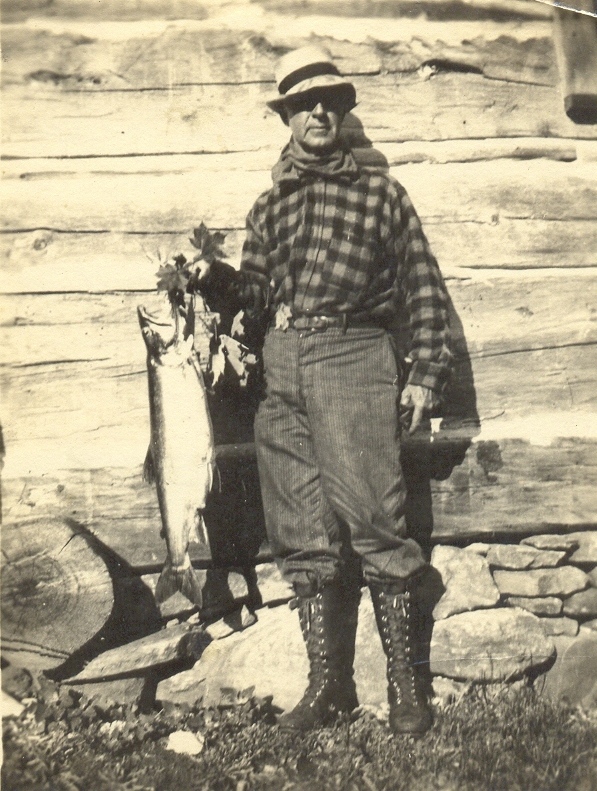 |
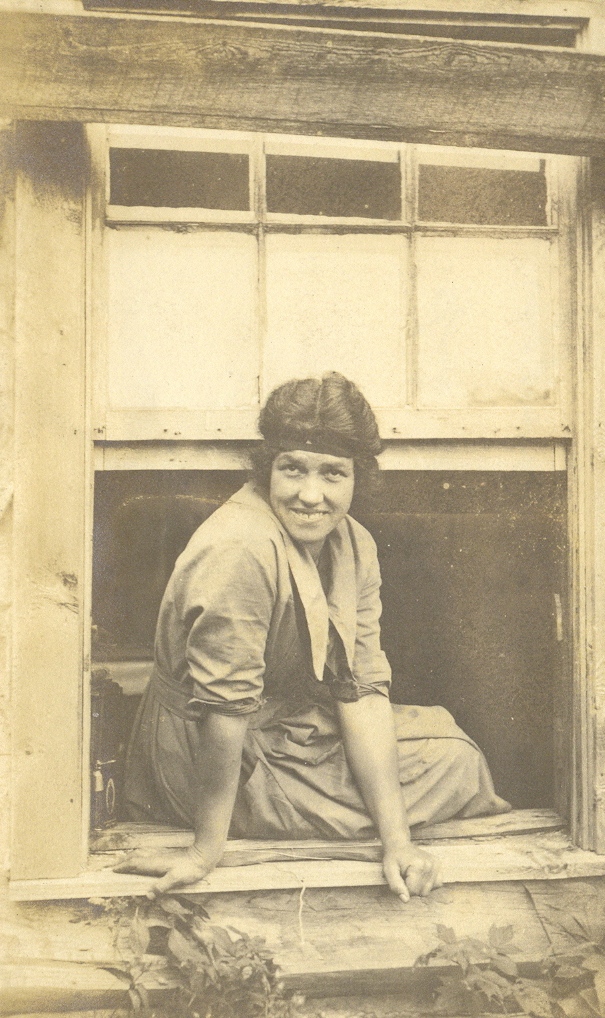 |
| “Mrs. Pell, 1902” (Barbara Paterson Collection) | Duncan Jackson, 1912 (Barbara Paterson Collection) | Mabel, known as “Billie” c. 1919 (Barbara Paterson Collection) |
The camp’s role as a guest house, especially for fishing parties, took root first from the Pendleton and Pell New York connections, and then following an article in Rod and Gun in Canada by James Humphreys, who praised the lake’s fishing – and the Jacksons’ hospitality – in superlatives.
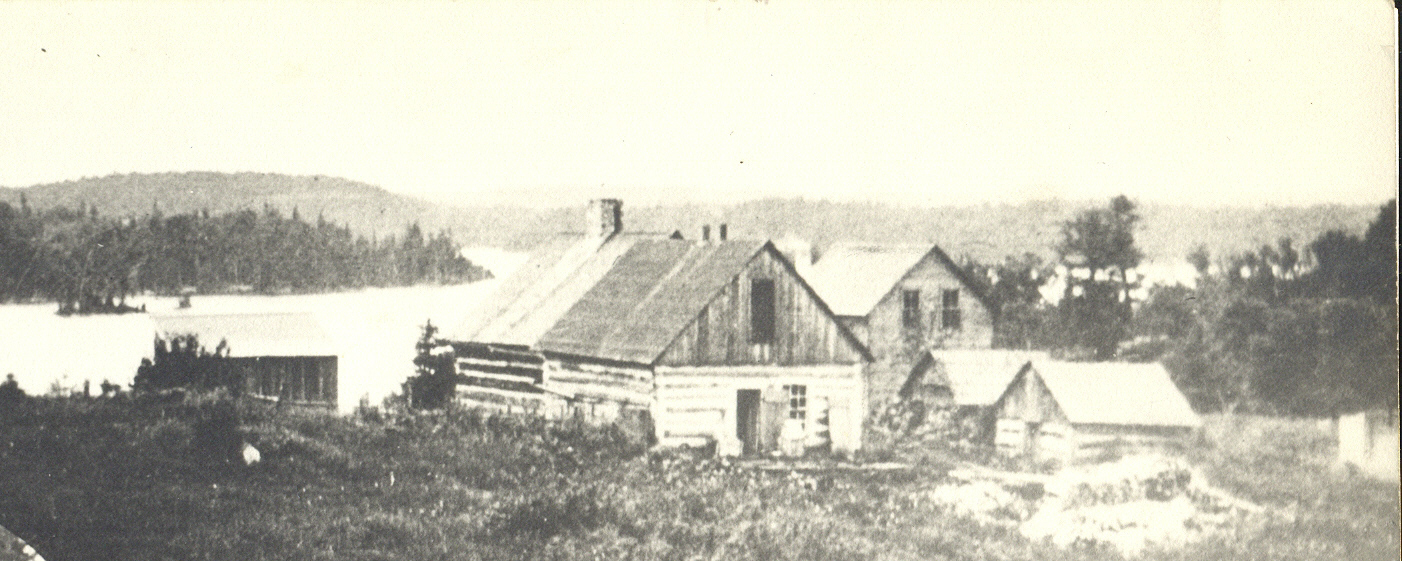 |
Billie Bear c. 1914-1919 (Barbara Paterson Collection) | |
Following Duncan’s death in 1915, Mabel eventually purchased the property, operating the camp alone and then with the help of subsequent partners Norton Hill and later Edgar Brook. Mabel and Norton met in 1919 through his cousins, who were friends of Mabel and Duncan, after Norton returned from service in the First World War. Their daughter Betty was christened on Betty’s Island and spent her childhood and later her summer holidays from Alma College at the Camp.
Mabel and Norton built small cabins, some for particular guests, during the 1920s, establishing what the Huntsville Forester called a characteristic feature of Billie Bear that was quickly taken up by other resorts. Norton’s vision for “a proper summer resort,” however, did not last; he left for Northern Ontario late in the decade, and the two were divorced in 1936. Mabel subsequently married lumberman Edgar Brook, who had been working at Billie Bear (among other pursuits) through the 1930s.
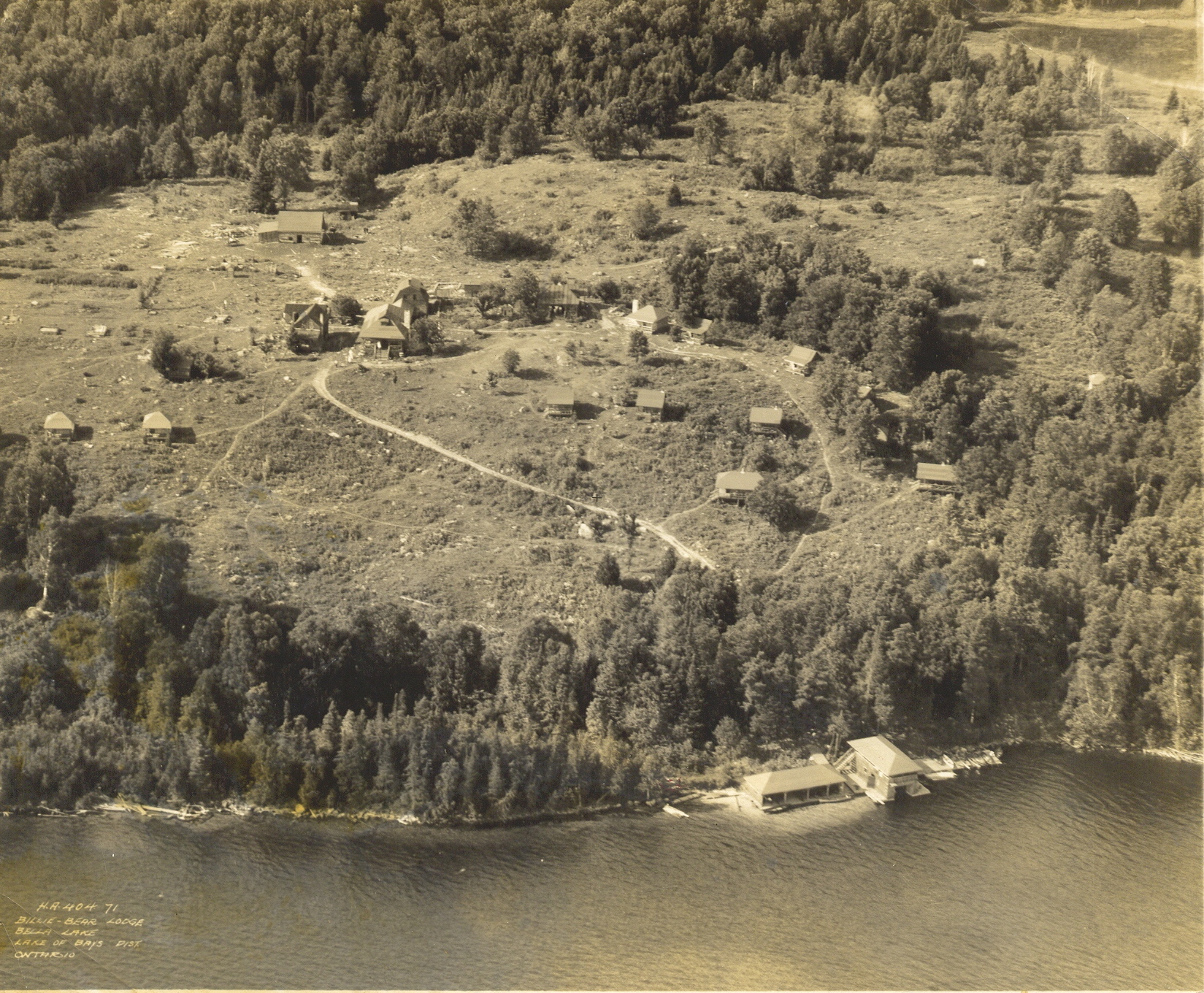 |
||
| RCAF aerial photo of Billie Bear, 1927 (National Air Photo Library, Ottawa) |
Mabel Hart Brook
Mabel and Brookie sold Camp Billie Bear in 1945 and went to live at Brook’s Mill, which Brookie was by then operating. Mabel, named “Billie” by early Camp guests, maintained contact with the Camp and with many regular guests with whom she had become good friends. The nickname stuck. Guests quickly came to appreciate Billie’s hospitality and energy, and many city visitors marvelled at her “wilderness” abilities. As a 1916 guest wrote to a friend, “She is a perfect wonder. She churns, bakes, paddles, milks the cows, kills skunks…. She is really a dear, and we have enjoyed knowing her so much.” Billie was generally liked and admired as a congenial and resourceful hostess. Success also depended on the help of neighbours, especially when she was operating the Camp alone. Hugh Hill almost certainly assisted after Duncan’s death, and William Mansell, who had purchased Sunset Farm from Mabel’s mother Elizabeth Hart in 1912, lent Mabel money during the 1930s, as indicated by the mortgage he was holding when he died in 1938.
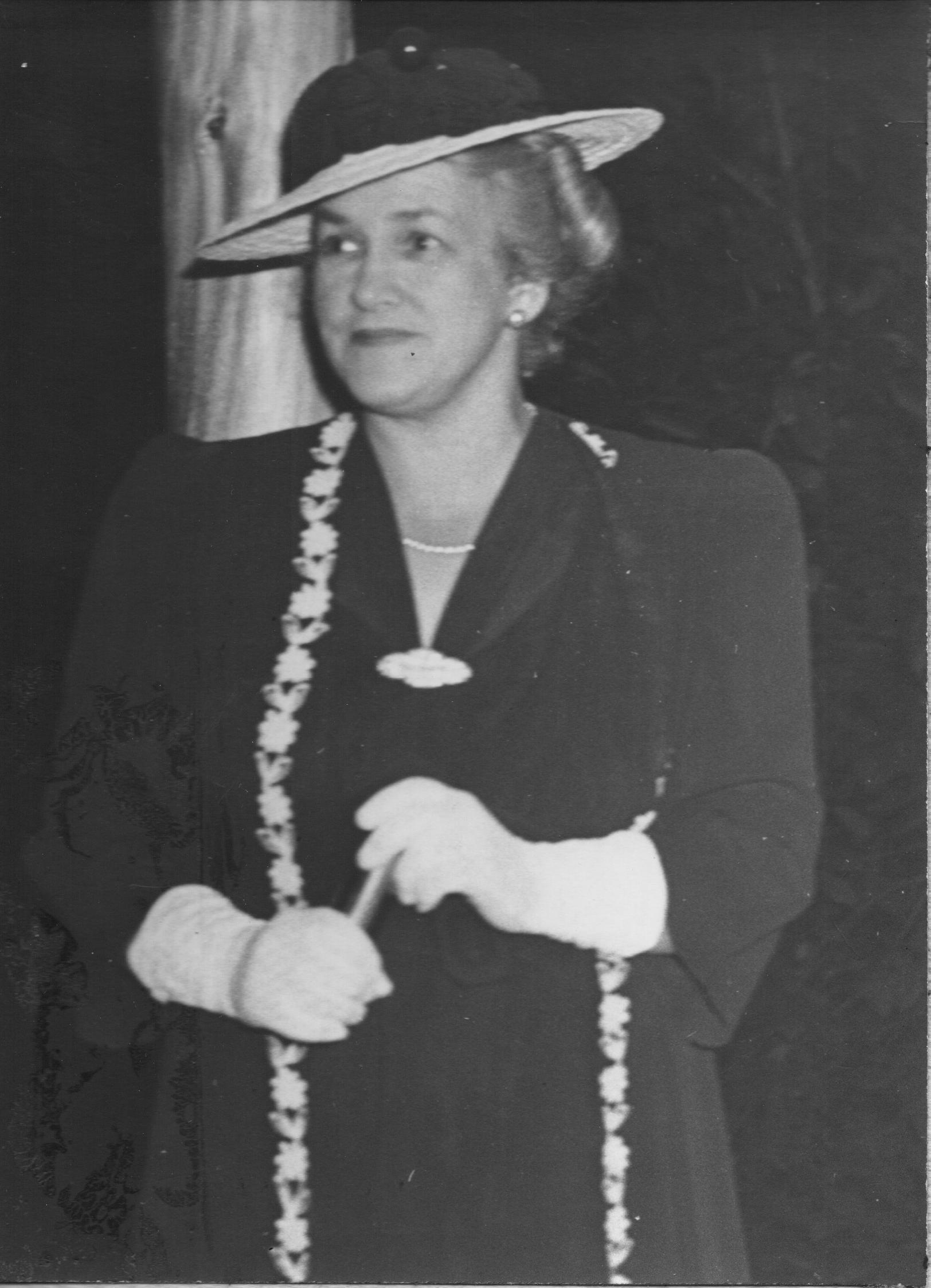 |
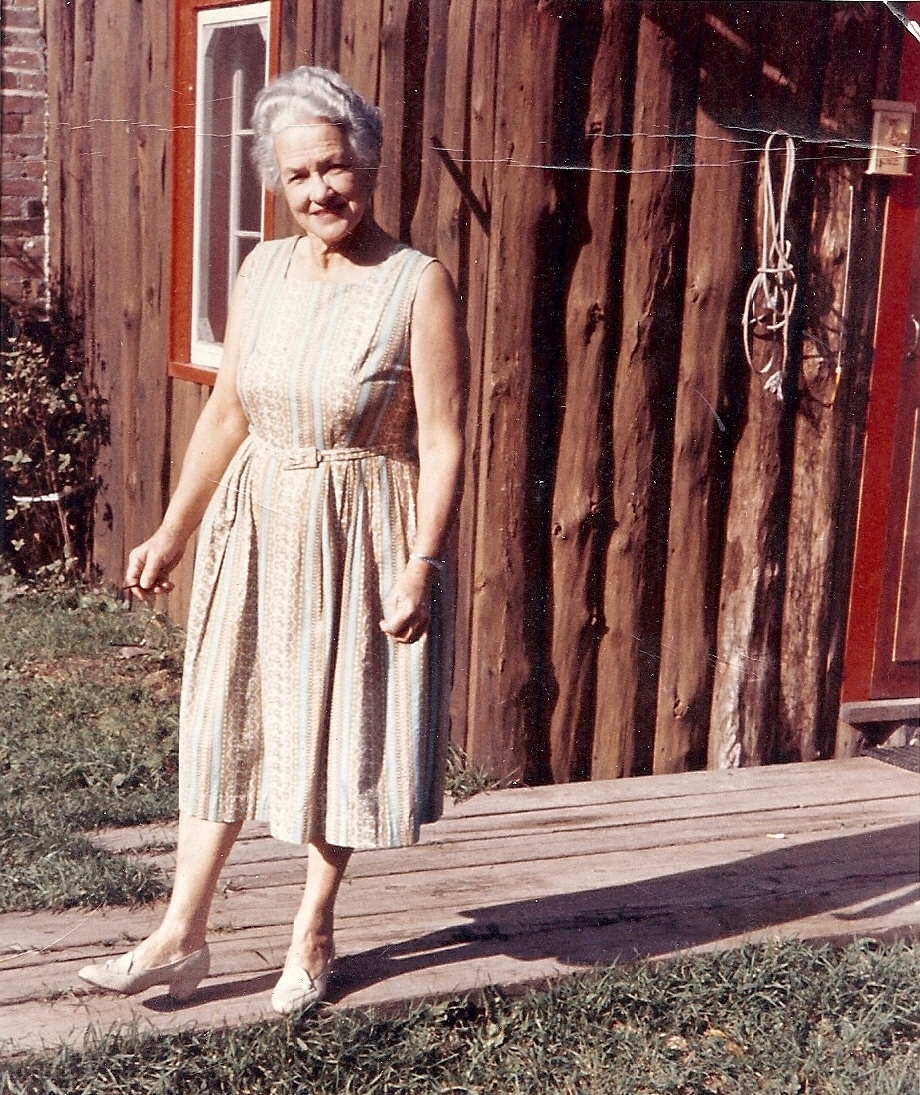 |
|
| Billie Brook, 1942 (Billie Bear Archive, Matt Matthews photo) |
Billie Brook at Brook’s Mill, c. 1959 (Shelley Sproule) |
As the daughter of one of the few families that had remained in the Antioch or Nelson settlements, Billie became a “legendary” character in the Brook’s Mill community, participating in fundraising and community activities, including the Hillside church Women’s Association. A visit with former Billie Bear guests in Delaware inspired her to found the “Frolic” fundraiser, held first at Brook’s Mill in 1949 and in subsequent years at Friendly Acres, the Hillside tourist resort belonging to her friends Hugh and Florence Hill. She also spearheaded fundraising for the Mizpah cemetery. Billie died in February 1963, and she is commemorated by the Mabel Hart Brook and Marion Hill Memorial Foundation, which owns the conservation area on Bella Lake.
After Billie
After Billie sold Camp Billie Bear in 1945, it was operated for two years by two families from Toronto, and then by Lt. Col. William Kelsall for six years. During the tenure of Graham and Timmy Atkin in the 1950s and 1960s, hydro service replaced the diesel generator, the “Camp” became a “Lodge,” and the Billie Bear road was redirected around the lower property. In the 1970s and 1980s, Dave and Dianne Gronfors operated Huntsville Air Services, offering fly-in fishing trips from their Billie Bear base, as well as the cottage resort. Although the bell still rings to announce activities, the dining room closed in 1978. The property is now owned and operated by the Billie Bear Lakeside Community Club.
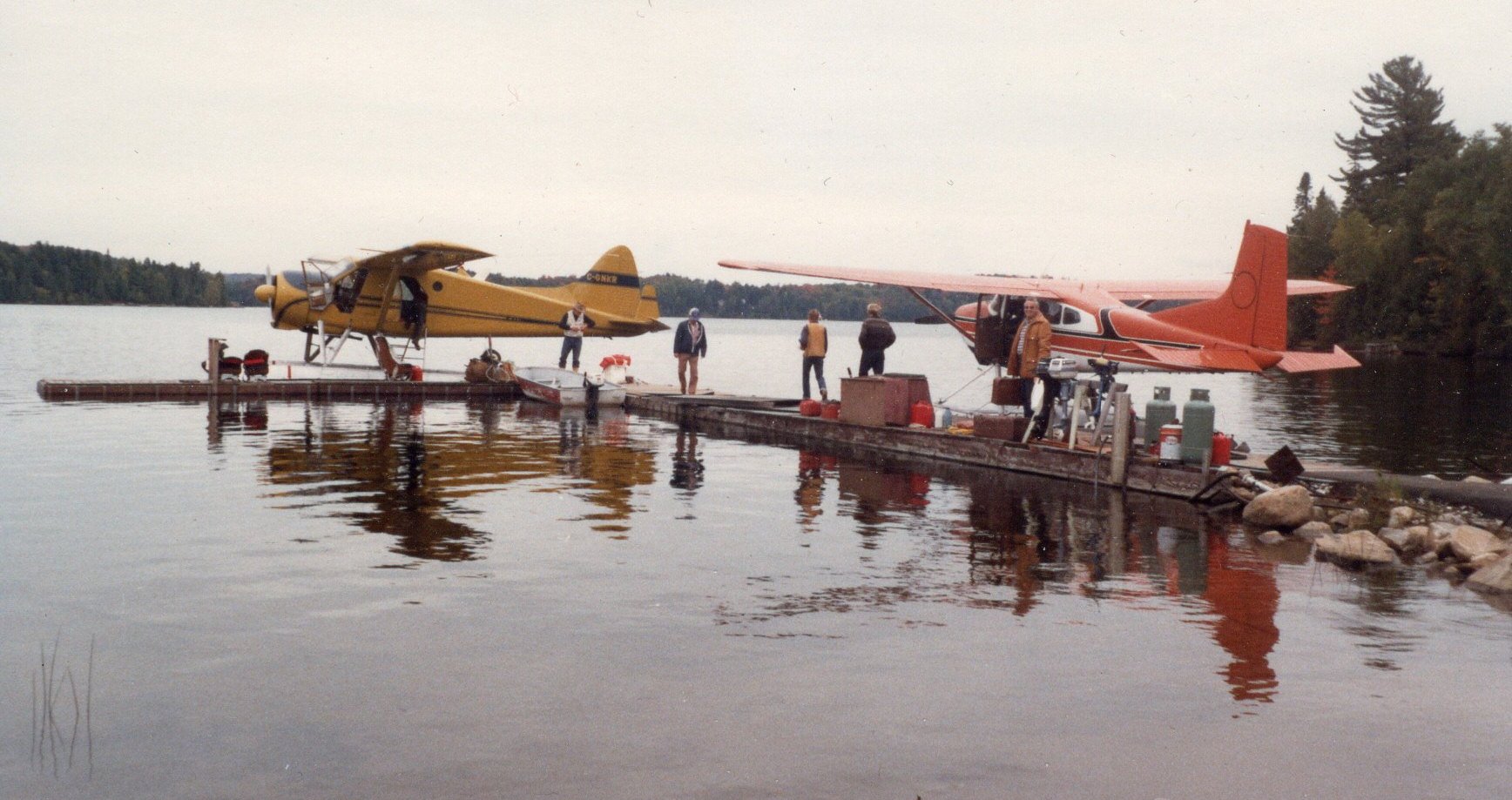 |
|
|
|
Stowing gear for a fishing trip, float planes at Billie Bear dock, 1970s (Rod Harding photo, courtesy Mary Harding) |
Since its beginnings, Billie Bear has had integral ties to the Bella Rebecca community, many of whose family members have over the years served as owners, caretakers, staff members, guests, and neighbours.
Sources:
Barbara Paterson Collection, Billie Bear binder.
Billie Bear Documents Archive, letter from J. Pulsifer to Louise Bosworth, September 24, 1916; transcript of interview by Leo Serroul with Betty Hill Schielke, June 1994; Dean Maxwell, “The True Story of Billie Bear,” September 1944.
Billie Bear Clippings Archive, “Mrs. Edgar Brook – Resorts, Cranberries and Pancakes” by Carl McLennan, Huntsville Forester, October 25, 1962; “Fulfills Early Dream of Erecting Tombstone,” Huntsville Forester, September 8, 1955; “Mabel Brook Legendary Character,” Huntsville Forester, October 5, 1967.
Huntsville Forester, “Camp Billie Bear Sold,” March 8, 1945, p. 1; “Benevolent Frolic at Brook’s Mill” by Tom Mitchell, July 28, 1949, p. 1.
Mansell, W. Dan, Sunset Farm (Peterborough, ON: asiOtus Natural Heritage Consultants, Barbara Paterson Papers, 2012).



